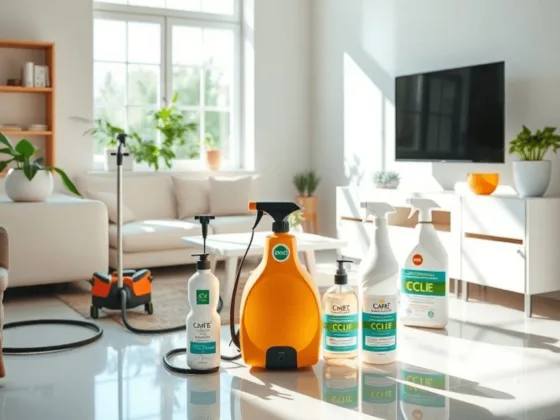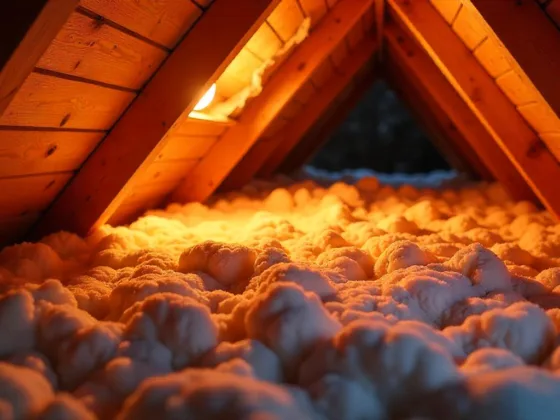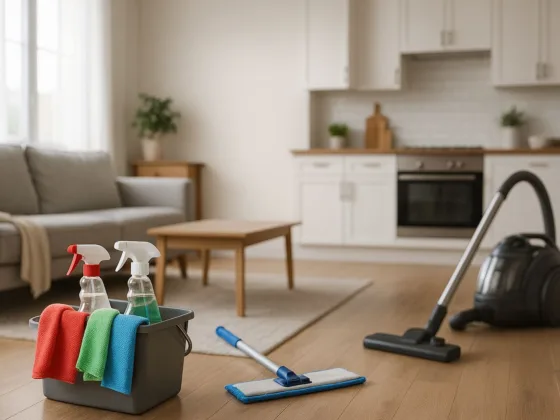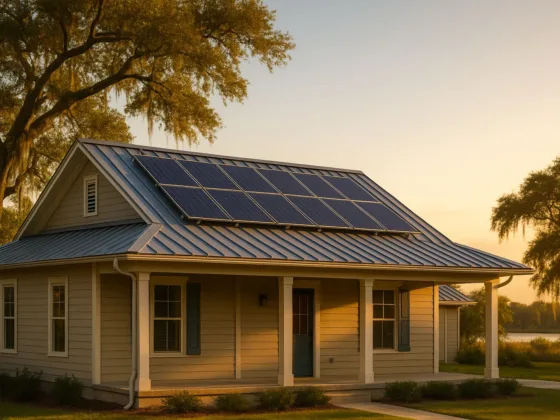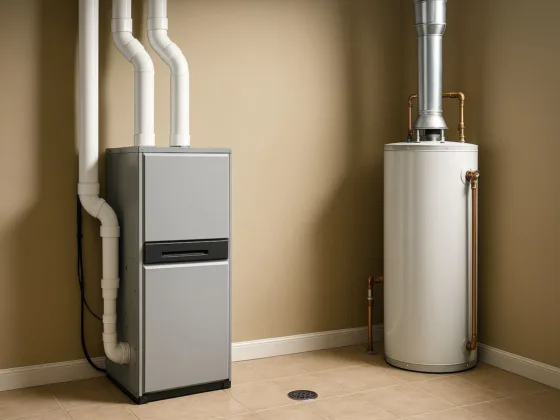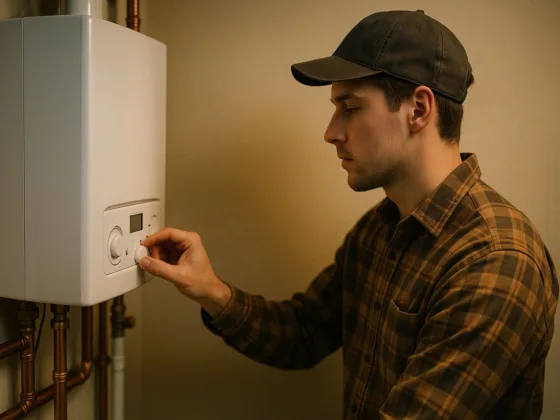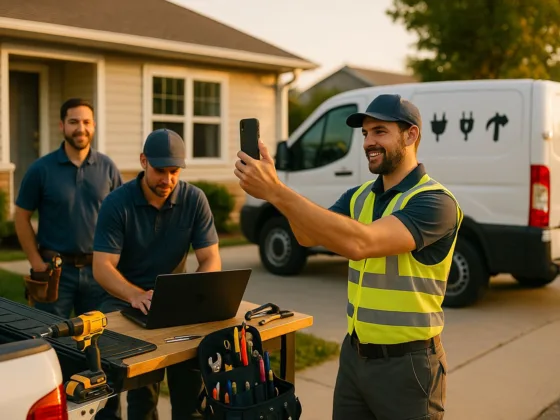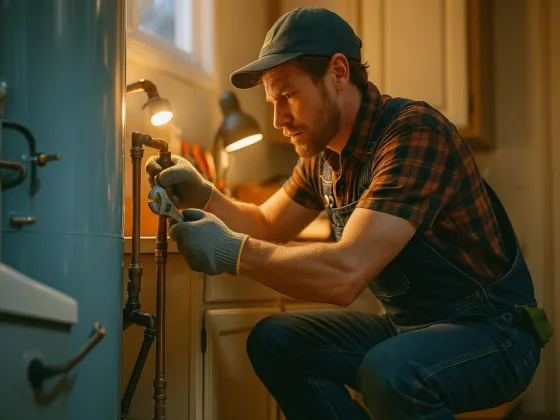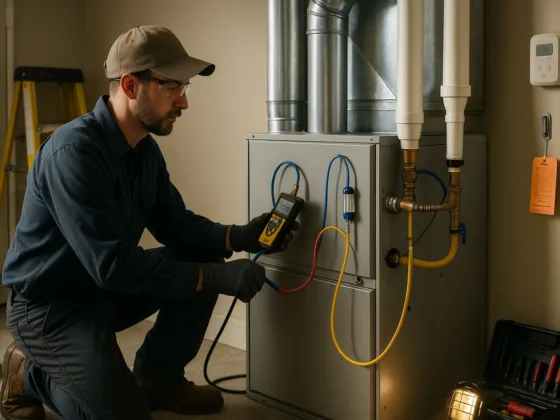Table of Contents Show
Why Patio Shade Matters for Outdoor Comfort
The cruel rays of the afternoon sun can turn even the best backyard into an oven and make family dinners and gatherings miserable. Proper shade can bring a beautiful transformation to the area. Patios that are shaded protect against the harmful rays of the sun – reducing the chances of getting sunburn and skin damage whilst allowing cooler temperatures: no more scorching chairs and all-too-familiar burning concrete underfoot. Finally, cover an existing patio and it becomes truly part of the house – another room to relax and entertain in.
It is not just comfortable, though; it also influences the plant to grow by reducing direct sunlight, creating a microclimate around it. For those who love entertaining, having an outdoor area that offers relief from the heat encourages prolonged and frequent visits. Those relaxed afternoons or party evenings would be much better spent in such a cozy little protected nook.
Exploring Innovative Patio Cover Designs
Fresh designs can bring both function and flair to outdoor spaces. Consider these options:
| Type | Style Impact | Lifespan | Typical Price Range | Quick Comparison |
| Adjustable Pergolas with Rotating Louvers | Sleek, modern lines | Up to 20 years | $45–$110 per square foot | Best for flexible, on-demand shade and airflow control |
| Retractable Awnings (Fade-Resistant) | Casual, colorful, compact | 10–15 years | $1,000–$2,500 | Excellent for small patios or decks with changing needs |
| Solar-Panel Canopies | Futuristic, eco-friendly | 20+ years | $5,000–$32,600 | Offers shade and helps power the home |
Adjustable pergolas allow for control over louvers from total sun through partial shade to completely closed, just by rotating them. Retractable awnings unfold or retract according to need, leaving the area open to the sky or shaded for use as desired. Solar panel canopies take things further: blocking harsh rays and powering outdoor lights and even indoor appliances.
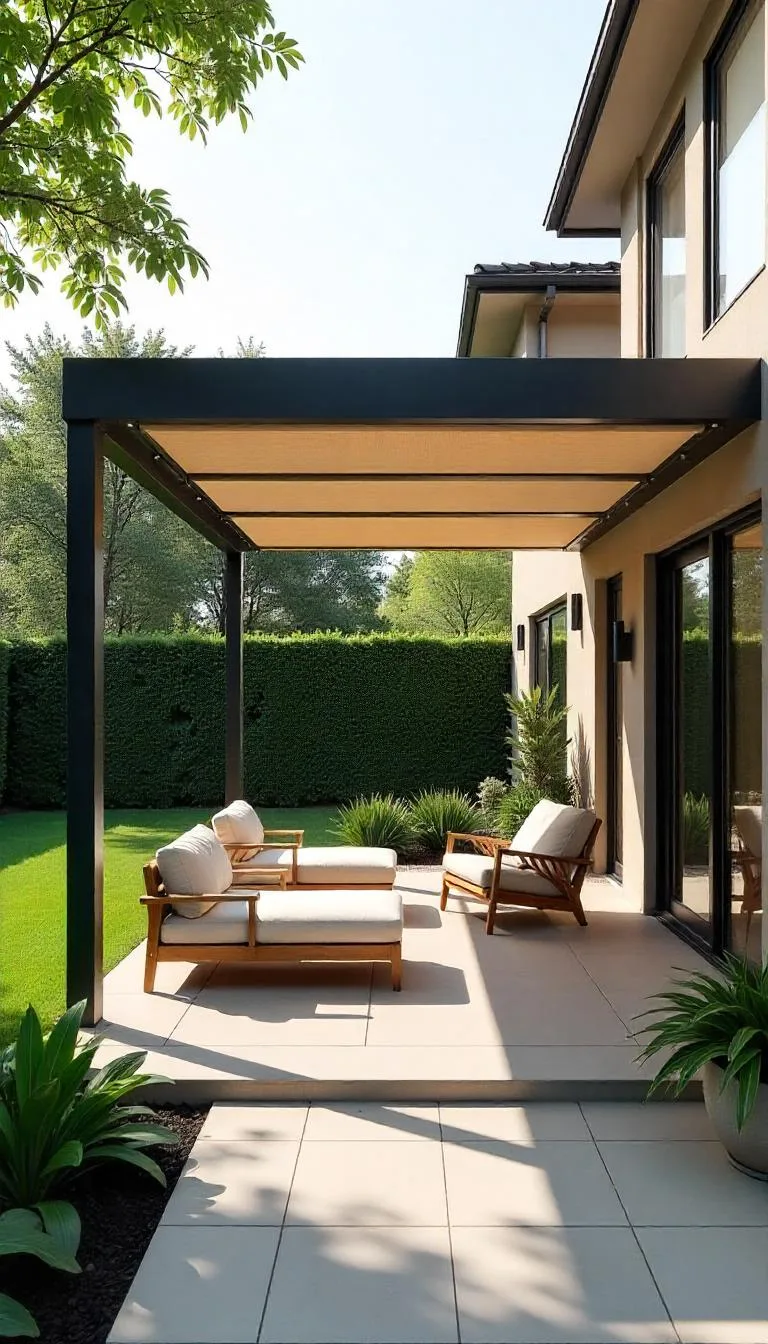
Choosing the Right Materials for Patio Cover Solutions
Material choice shapes any patio cover’s look, feel, and maintenance requirements. Common options include:
| Material | Pros | Cons |
| Powder-Coated Aluminum | Rust-proof, low-maintenance, lightweight | Can dent, higher upfront cost |
| Sustainably Sourced Cedar | Natural look, renewable, ages well | Needs regular sealing, can warp or rot |
| Clear Polycarbonate | Allows light, durable, UV protection | Can scratch, traps heat, less natural look |
| Heavy-Duty Canvas | Affordable, easy to replace, flexible | Prone to fading, needs cleaning |
Powder-coated aluminum feels cool to the touch, can withstand the worst kind of weather, and is by far the most expensive. Cedar, on the other hand, is warm and rustic, as well as environmentally friendly, but demands a great deal of maintenance to keep it from damage.
Clear polycarbonate provides daylight and UV blocking, but may not harmonize as well with traditional homes. Heavy-duty canvas is available in many colors and easy to change, but its downside after prolonged exposure to sunlight is fading, and it requires regular cleaning.
For more details on options and local installation, check out patio covers Las Vegas.
Boosting Style with Outdoor Shade Covers
Patio covers do more than block the sun—when styled well, they boost curb appeal. The right colors, lighting, and finish details can turn any cover into a true focal point.
Styling tips to elevate the look:
- Match the patio cover’s color with the home’s trim or siding. Soft neutrals blend in, while bold colors make a statement.
- Add string lights or LED strips along beams for a soft evening glow and safe movement after dark.
- Layer in tall plants, outdoor rugs, and plush seating to soften lines and create a cozy atmosphere.
These small updates help balance function with personality, ensuring the space feels both practical and inviting.
Installation and Maintenance Tips for Patio Cover Success
Installation can usually be either DIY or professional, depending on budget, time, and skill level. Smaller, lightweight coverings like canvas awnings could often become weekend projects for the handier of homeowners. More technical structures, such as aluminum pergolas or solar canopies, usually require professionals since a building permit usually comes into play here.
Maintenance is just as important as installation. Stick to this simple checklist:
- Inspect fasteners and joints every season.
- Clean the surface with gentle soap and water.
- Touch up paint, finish, or sealant where needed.
- Check that gutters or drainage are clear to prevent water damage.
Most professional installations take two to five days. Costs vary, with basic awnings starting near $800 and premium, permanent structures reaching $5,000 or more.
Transforming Sunshine into Lasting Outdoor Comfort
- Smart design, whether modern or classic, sets the stage for outdoor enjoyment.
- Material choice impacts lifespan, style, and ongoing care.
- Regular maintenance keeps patio covers fresh, functional, and inviting.
Picture enjoying relaxed summer meals or hosting friends without harsh sunlight interrupting the mood. Review designs and materials to create the perfect spot, then connect with experienced installers who can customize the fit. Enjoy peace, comfort, and style with a well-chosen patio cover.
FAQs
Creative patio covers translate to various benefits like keeping the sun and rain out while beautifying the outdoors and increasing property value, thus enabling you to enjoy your outdoor space in different weather conditions.
Patio covers can be made using wood, aluminum, vinyl, or fabric. Each of these materials offers its advantages concerning durability, maintenance, and design flexibility.
You can customize your patio cover by choosing different materials, colors, and designs. Consider options like pergolas, retractable awnings, or solid roofs to suit your personal style and outdoor decor.
Yes, many municipalities require permits for building a patio cover. It’s essential to check with your local building authority to understand the regulations and obtain any necessary permits before construction.
To maintain your patio cover, regularly clean it to remove debris, inspect for any damage, and apply protective finishes or sealants as needed, especially for wooden structures. Following the manufacturer’s maintenance guidelines will also help extend its lifespan.

